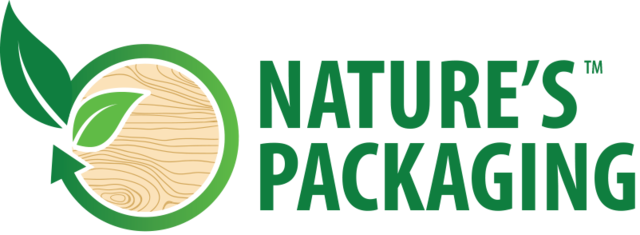What are the Montreal Process Criteria and Indicators?
The forest products industry is truly an ecosystem of industries that are symbiotic to each other by virtue of one common product:
Wood.
As one of our greatest resources, countries of the world have recognized that wood represents our ingenuity in building, shaping, and experimenting to build new structures and technologies.
They have also recognized the value of forests, and that managing those forest sustainably is an important part of climate change and our survival. To that end, one of the most recent tools developed to monitor forest health and conservation are the Montreal Process Criteria and Indicators.
In this Nature’s packaging blog post we’ll take a look at the Montreal C and I and learn a little about their origin and what they are utilized for as tools.
The Origin of the Montreal Process
The official title is the Montreal Process Working Group on Criteria and Indicators for the Conservation and Sustainable Management of Temperate and Boreal Forests, and they were derived from the Rio Forest Principles which was developed by the United Nations in 1992 as a non-legally binding document that made recommendations on sustainable forestry management and conservation.
These principles and their view of sustainable practices as being vital to forest preservation around the world were some of the first to tackle what countries were experiencing with deforestation and over-logging.
They became the catalyst for the working group that began to codify what sustainable management was, and how it would be monitored through the Montreal Process Criteria and Indicators.
In 1995, these criteria and indicators were formally agreed to by these ten countries:
- Argentina
- Australia
- Canada
- Chile
- China
- Japan
- Korea
- Mexico
- New Zealand
- The Russian Federation
- United States
- Uruguay
It has been determined that these countries account for:
- 90% of temperate and boreal forest (including tropical) of the world
- 58% of the planted forests of the world
- 49% of the world’s forest overall
- 49% of the production of roundwood in the world
- 31% of the population.
The Criteria and their Purpose
As mentioned, the criteria were designed as tools to evaluate the important components of sustainable forest management and provide a structure to quantify and qualify the value and conditions of forests worldwide.
Their core premise is to view forests as ecosystems that provide a complex framework of environmental and socio-economic benefits for people around the world. The criteria and their subsequent indicators act as guidelines for monitoring and assessing national trends in forest conditions and management.
There are seven criteria that form the basis of the process:
- Conservation of biological diversity
- Maintenance of productive capacity of forest ecosystems
- Maintenance of forest ecosystem health and vitality
- Conservation and maintenance of soil and water resources
- Maintenance of forest contribution to global carbon cycles
- Maintenance and enhancement of long-term multiple socioeconomic benefits to meet the needs of societies
- Legal, institutional, and economic framework for forest conservation and sustainable management
and each of these criteria have several indicators that measure or describe the criteria, which can include quantitative and/or descriptive practices like forest planning or investment in natural resources by countries.
In the beginning there were actually seven criteria and sixty-seven indicators, but over the years, the process, criteria, and indicators get reviewed to ensure they remain relevant and/or updated to new factors in sustainable forest management. This is important as the Montreal Process and Criteria are not standards or regulations that are binding and must allow for common interpretation.
They were not created to measure whether sustainability has been achieved. They were created to provide a common framework for countries to have effective discussions about how each of the participating country can work together to accomplish the common goals of sustainable forest management.





